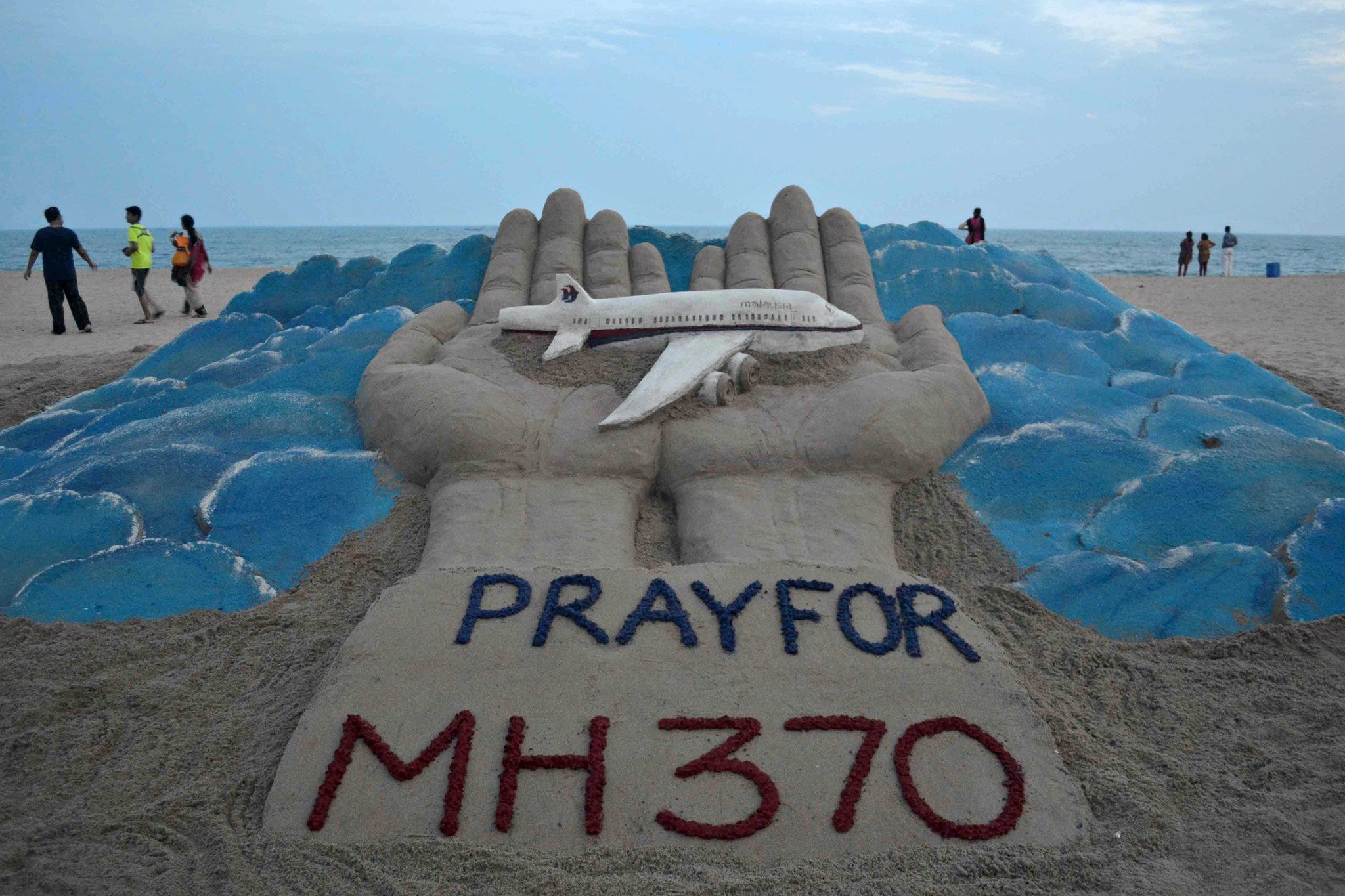Missing Malaysian Airlines MH370: Plane search area changed as new details of satellite phone call revealed
Officials say Malaysian Boeing 777 may have turned south earlier than previously thought

Your support helps us to tell the story
From reproductive rights to climate change to Big Tech, The Independent is on the ground when the story is developing. Whether it's investigating the financials of Elon Musk's pro-Trump PAC or producing our latest documentary, 'The A Word', which shines a light on the American women fighting for reproductive rights, we know how important it is to parse out the facts from the messaging.
At such a critical moment in US history, we need reporters on the ground. Your donation allows us to keep sending journalists to speak to both sides of the story.
The Independent is trusted by Americans across the entire political spectrum. And unlike many other quality news outlets, we choose not to lock Americans out of our reporting and analysis with paywalls. We believe quality journalism should be available to everyone, paid for by those who can afford it.
Your support makes all the difference.The search area to be scoured for the missing Malaysia Airlines flight MH370 is set to be changed following new analysis of an attempt to call the plane by satellite phone.
With only weeks to go before contractors head back underwater in the most extensive aviation recovery operation of all time, officials said they have new data suggesting the Boeing 777 may have taken a different path.
Investigators have developed new methods for analysing data from attempted satellite calls in the months since the plane vanished while en route from Kuala Lumpur to Beijing on 8 March.
And in a press conference today, the Australian deputy prime minister Warren Truss said that research suggested the jet “might have turned south [towards the southern Indian Ocean] a little earlier than we had previously expected”.
The overall search area remains unchanged, Mr Truss said. However, the Australian Transport Safety Bureau chief commissioner, Martin Dolan, said he would meet with international experts next week to decide whether the 60,000-square-km (23,000-square-mile) zone should be extended or shifted south based on the new analysis.
“We think we may extend that area farther south; that's the thing we're currently considering,” Mr Dolan said.
The new analysis data comes from two calls Malaysia Airlines staff tried to make to the flight’s crew after MH370 was reported missing from radar screens.
Mr Dolan said the new analysis suggested the jet was already flying south when the first phone call was attempted, less than 20 minutes after the plane dropped off military radar.
“Previously, there was the possibility that it could have been quite a bit later, so we had to do our modelling based on a range of possibilities as to where the aircraft turned,” Mr Dolan said.
In three weeks, the Dutch contractor Fugro Survey Pty Ltd will begin the operation with three vessels towing underwater vehicles equipped with side-scan sonar, multi-beam echo sounders and video equipment, Mr Truss said.
Malaysia, as the country where the Boeing 777 was flagged, has overall responsibility for the crash investigation. But Australia has search and rescue responsibility, and China – the country of origin for most of the passengers – said today that it too agreed the search will “not be interrupted or given up”.
Join our commenting forum
Join thought-provoking conversations, follow other Independent readers and see their replies
Comments